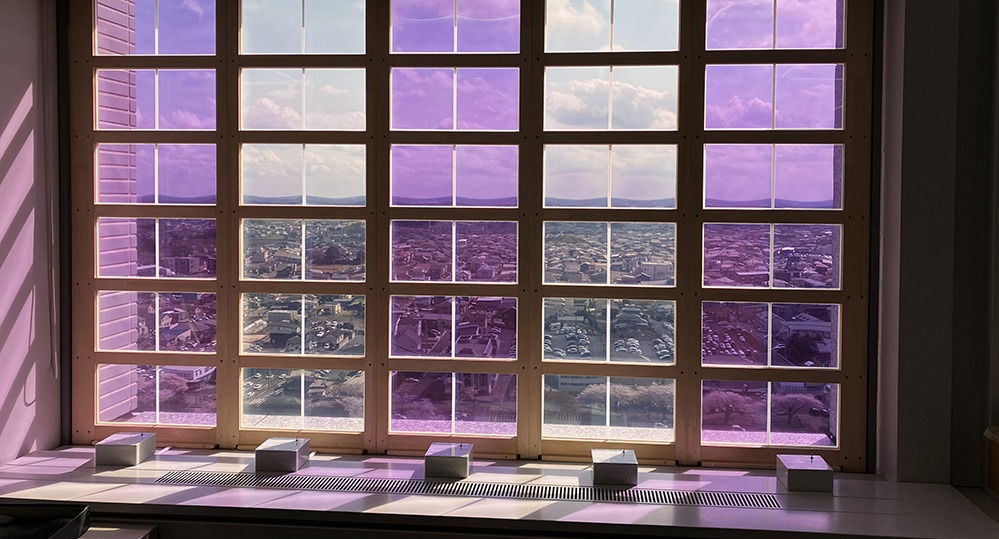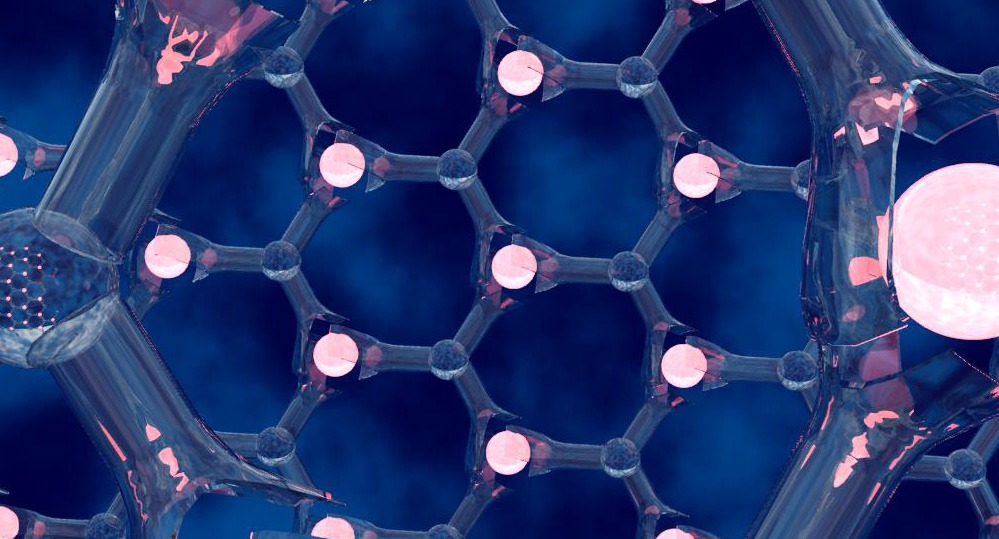Electrochromic Smart Windows with Metallo-Supramolecular Polymers


KEY INFORMATION
Green Building - Façade & Envelope
TECHNOLOGY OVERVIEW
Formed by the coordination of metal ions to organic ditopic ligands, metallo-supramolecular polymers (MSPs) are a class of polymers that exhibit electrochromic properties. Due to the nature of the MSPs, electrochromic materials of high stability and varying colours can be fabricated for several applications including smart windows, wearable IoT displays and displays.
This technology on offer is a synthesis method to produce MSPs for fabrication of smart windows. By coating the MSP layer between layers of glass, indium tin oxide (ITO) and electrodes, electrochromic windows with high coloration efficiency, high stability and wide colour variation can be obtained. The incorporation of such electrochromic materials offers an energy-efficient solution to control the optical properties of windows and improve occupants’ comfort.
The technology owner is seeking collaborations with partners for co-development projects including the fabrication of the MSPs and assembly of the components for smart window applications.
TECHNOLOGY FEATURES & SPECIFICATIONS
Electrochromic windows utilising this technology can be fabricated by assembling glass, an ITO layer, a MSP layer, an electrolyte layer, a counter material layer, an ITO layer and glass. In addition, a drive device with a dry cell (1.5V), and wiring connecting the electrochromic component and the drive device are required.
Some features of the synthesised MSPs include:
- High coloration efficiency (> 200 cm2/C)
- High stability to the repeated electrochromic changes (>100,000 cycles)
- Easy layer preparation by spray or spin-coating
- Wide colour variation including blue, red, green, yellow, black and infra-red.
POTENTIAL APPLICATIONS
This technology has been developed primarily for smart window applications.
Other possible reversible colour applications include (but not limited to):
- Automotive windows and mirrors
- Displays
- Sensors
- Catalysis
Unique Value Proposition
As an emerging group of electrochromic materials, MSPs offers several advantages including quick colour changes, high contrast between the coloured and bleached states, high coloration efficiency, high durability to the repeated colour changes, and an abundance of colour variation.
The technology owner is seeking collaborations with partners for co-development projects including the fabrication of the MSPs and assembly of the components for smart window applications.
